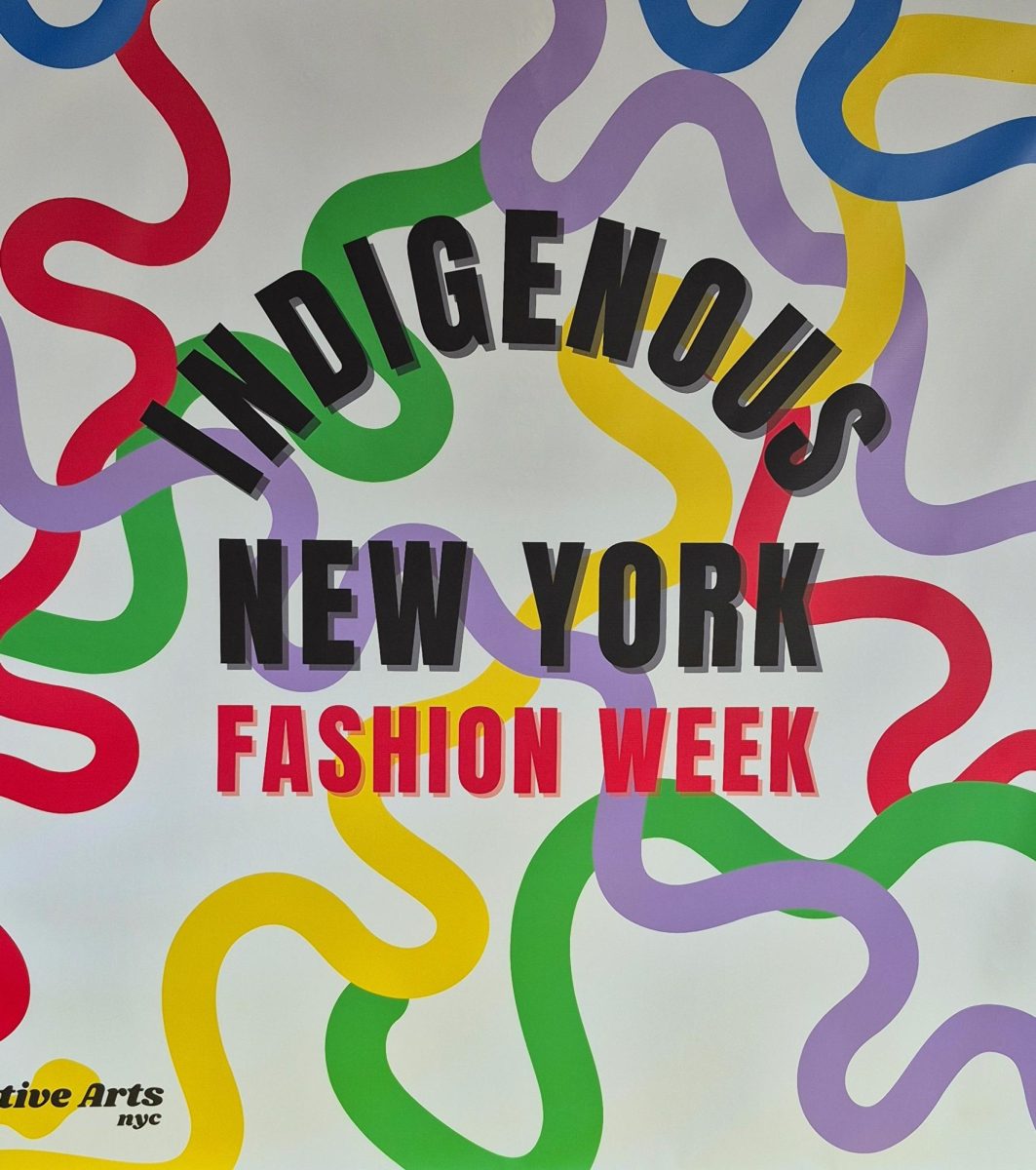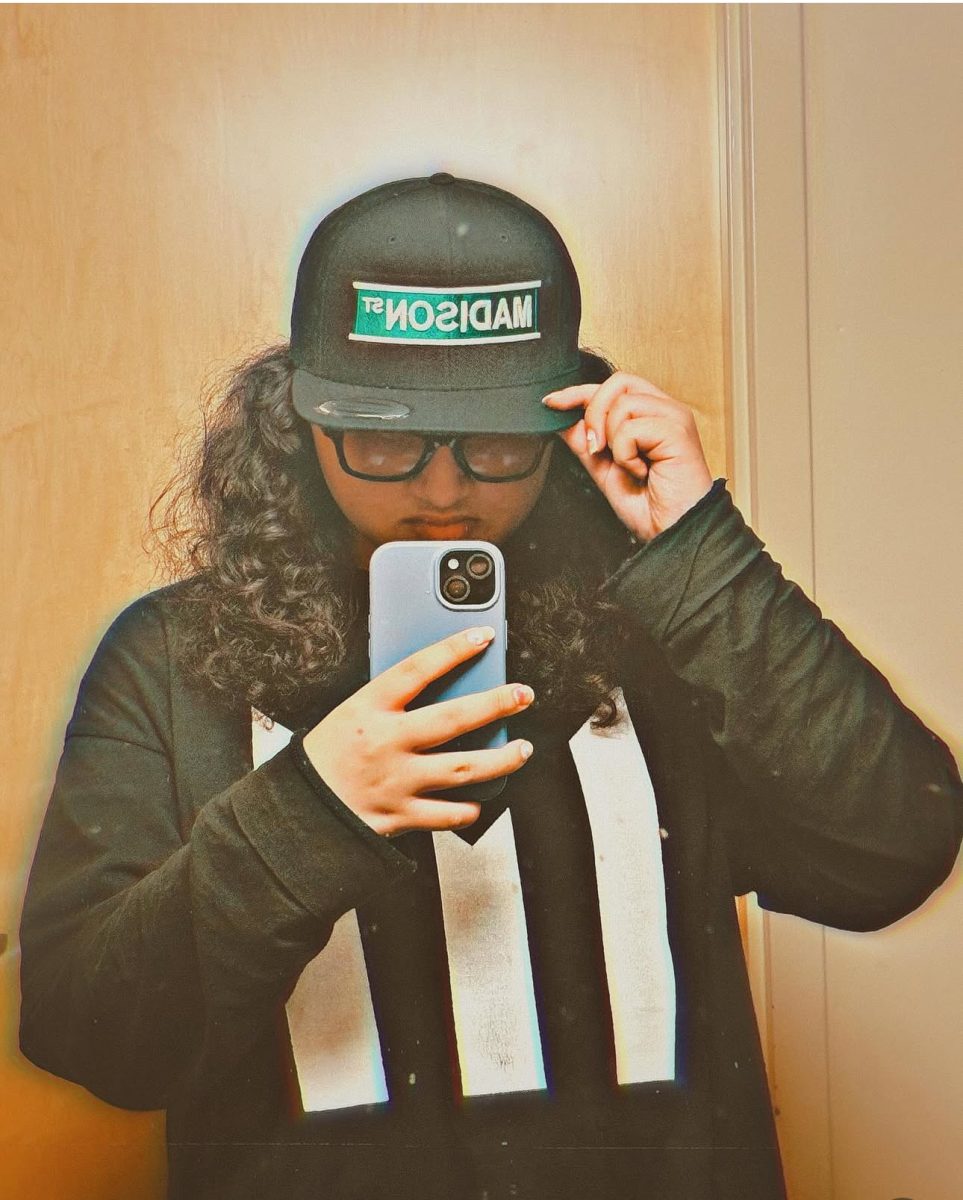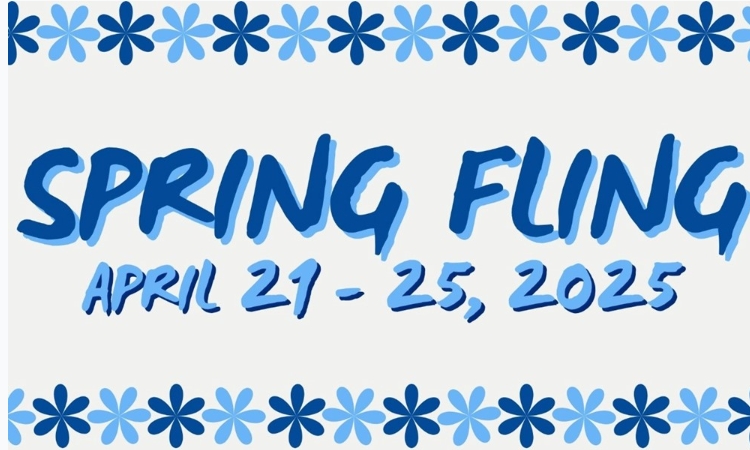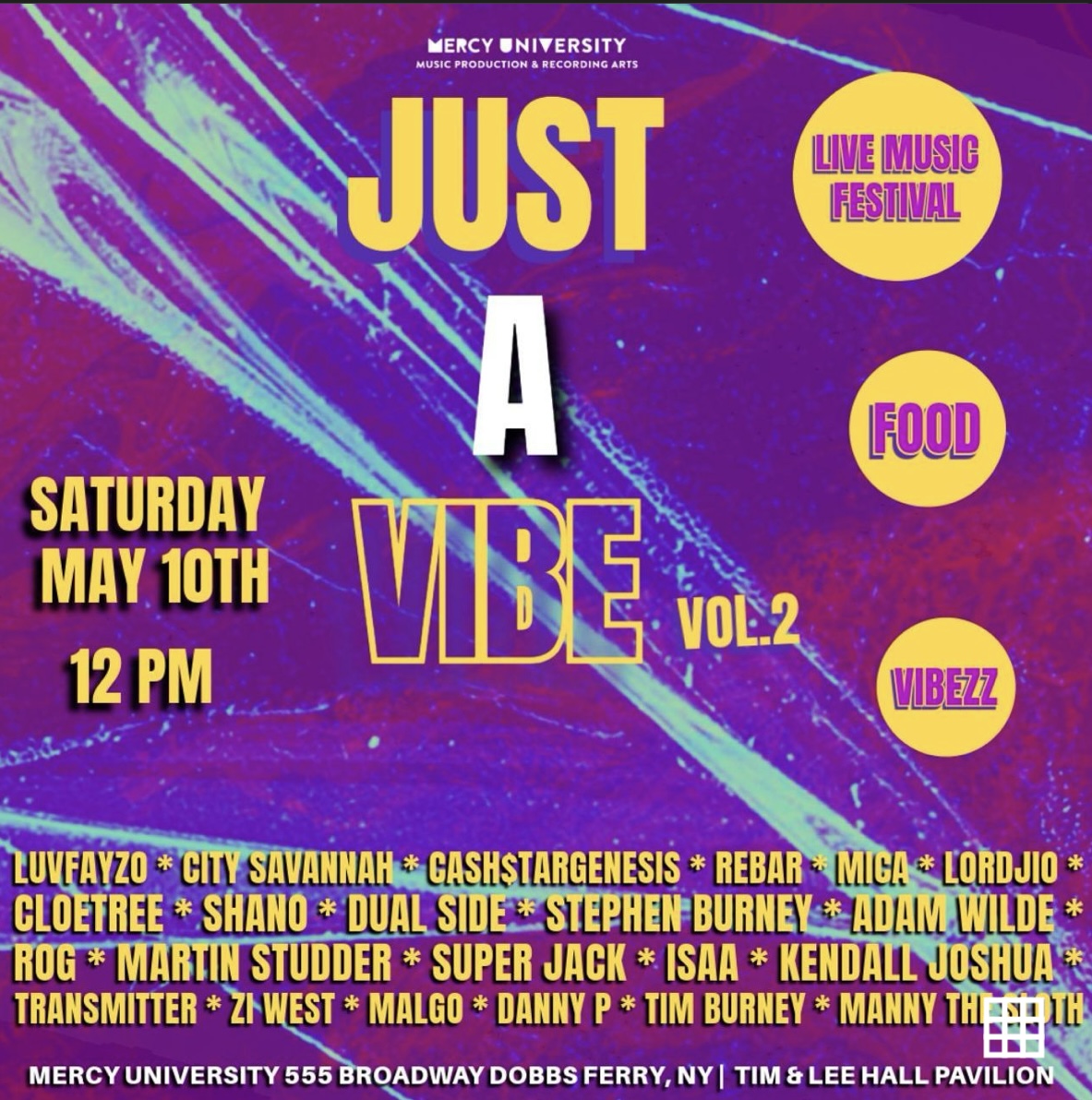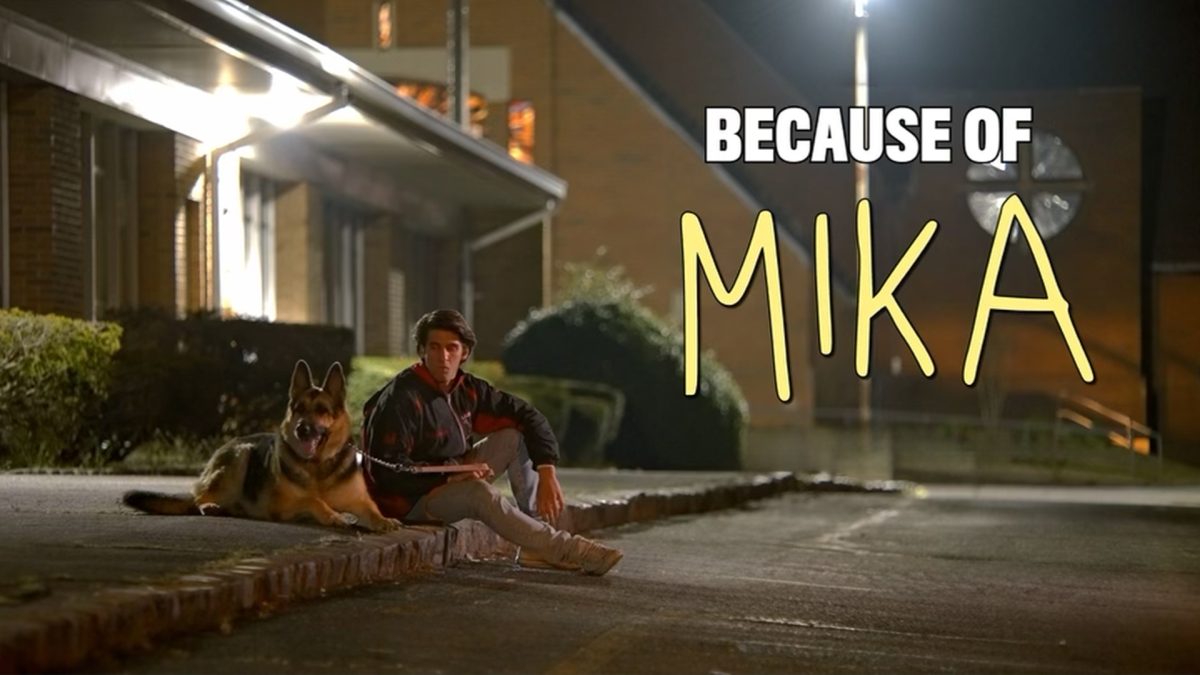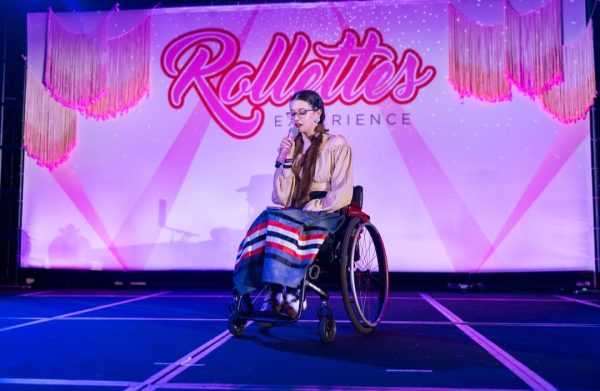I sat patiently at the front of the runway, charging my phone, when an elder scooted next to me to watch. Her name is Geiwu (Rhonda). She noticed my service dog and told me about her dog at home, a rescue from China. A brief conversation about our dogs quickly turned into a discussion about the event, the first Indigenous New York Fashion Week.
September 11 marked the start of the first Indigenous New York Fashion Week. This event concluded on Sept. 15. The Jewelry Runway was held at 182 Loisaida Avenue. There have been several Indigenous Fashion Weeks and shows across the world, but this one holds a special meaning. Holding this event in Manhattan, what is known by the Lenape people as Manaháhtaan in the region of Lenapehoking, creates space for indigenous people in a place that seems to have forgotten its history.
Geiwu and her daughter Heen Shaawat (meaning Water Woman), who also goes by Kasi, are from the Tlingit tribe of Southeast Alaska. They show me their bracelets, crafted through the teachings of their ancestors. Geiwu also shares about her time learning her language, even now after moving to New York City. She moved to the city from the West Coast to stay close to her children and grandchildren, caught between her family on the East and West coasts. As someone who attended school for sewing and fashion, Indigenous New York Fashion Week held great significance for her. One could see the pride beaming from her face, the light in her eyes all evening. At 74 years old of life and wisdom, Geiwu is very maternal to all of the people in the room.
She tells me how proud she is of all the people present. She absolutely loves how the young people take traditional materials and make them modern, and have now been placed on the center stage.
“Our culture has been going on for thousands of years… and it’s pretty darn beautiful.”
Geiwu and Heen Shaawat are not the only two who were beaming with pride and community at Indigenous New York Fashion Week. Jocelyn of the Sac & Fox tribe moved to New York City for school at Cooper Union. She is wearing a handmade outfit, most notable for the headband that says “American” in bold letters. Jocelyn uses this word as a question to the native community, rather than a statement.
This one word, American, begs the question: do the native people want to accept that word? The Sac & Fox tribe is originally from Iowa, though it is currently relocated to Oklahoma due to attempted assimilation.
“The way we adapt doesn’t mean we assimilate.”
Jocelyn is a cloth and traditional dancer, at 21 years old, she has kept herself connected despite the distance. Her outfit made by herself and her mother is more than just clothes, it is indigenous resilience and adaptation. The reminder that natives are everywhere. She believes being connected is a way of life, a mindset, rather than just an action. Something a person must do intentionally every day.
Model Sage Addington shares this belief. Sage is from the Diné tribe, though they have lived in New York City for six years. Working and collaborating with Relative Arts, Indigenous New York Fashion Week held significant meaning for them. Though this evening Sage was not wearing any pieces from the Diné tribe specifically, they note the turquoise used in some of the pieces. Turquoise is one of the four sacred stones within the Diné tribe. “They spot me” is how Sage describes their pride in the pieces they wear. Sage also attended Cooper Union for art school, though they’ve never consolidated. Sage has often been in spaces where they are the only indigenous person in the room. They experience this, wondering whether their culture is being appreciated or they are just there to tick a box. The question of sharing versus appropriation is one that Sage and many other Native Americans ask themselves. Indigenous New York Fashion Week meant Sage didn’t have to ask themself that question. They knew they belonged because of who they were as a whole person, not just because they were an indigenous person.
This extends further into South America with model Carol, from the Kichewa people in modern Ecuador. She traveled to New York City for this event to model and represent indigenous people in the south. The main feeling Carol describes is the feeling of home. That all the indigenous people across the Americas are one big family. While the north and south have different histories, Carol notices and adores that indigenous people share many of the same ceremonies and traditions. As indigenous people in South America have had to fight for many things, Carol felt a deep sense of gratitude for the opportunity to represent her people. She felt inspired, and most importantly, safe. She expressed how, in the past, her identity as a native woman wasn’t appreciated. Carol commented on how many spaces focus on only white beauty. “They believe white is better.”
At Indigenous New York Fashion Week, she felt like she had a family. Indigenous people from across Turtle Island and beyond had gathered to share culture, and she had never felt more at peace.
“We are all just one family.”



